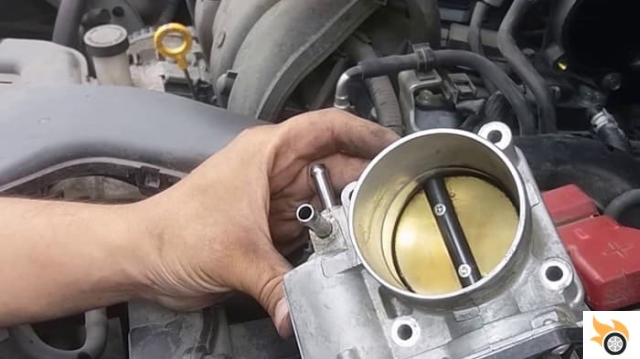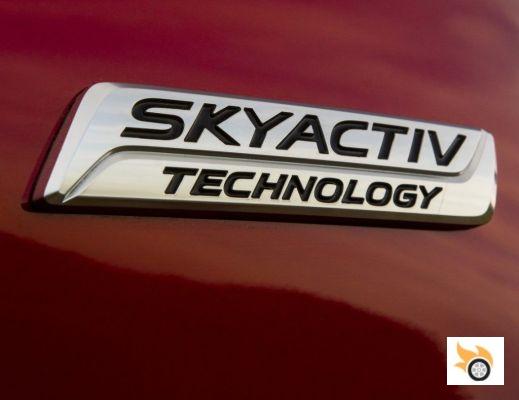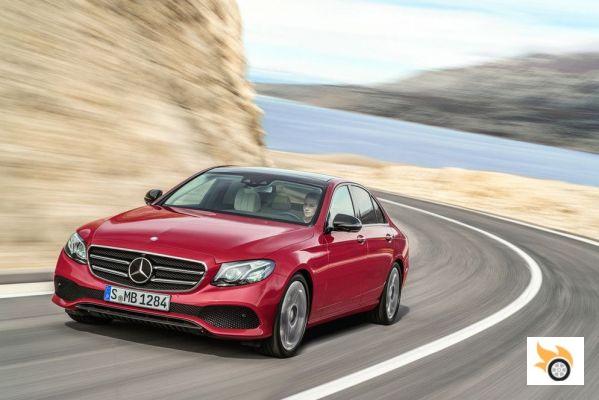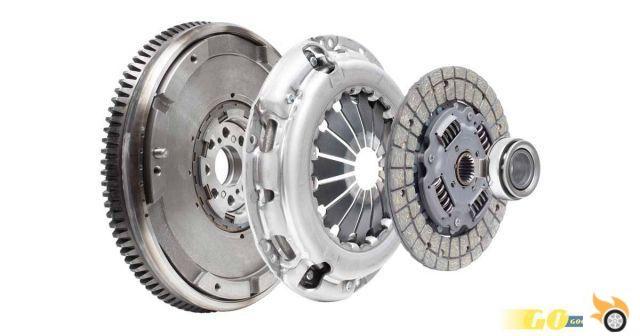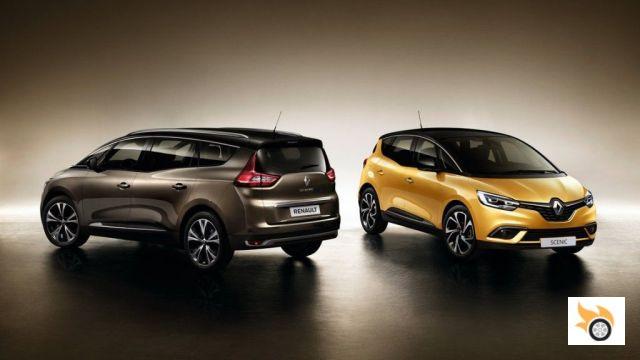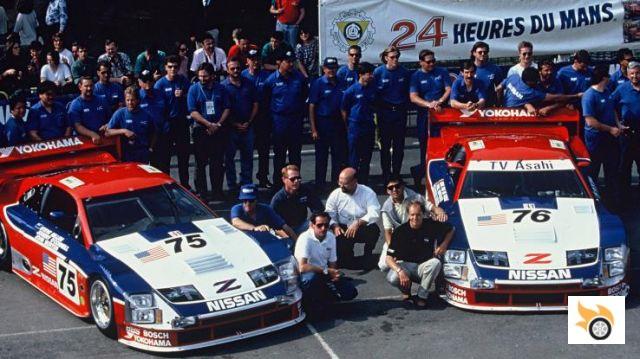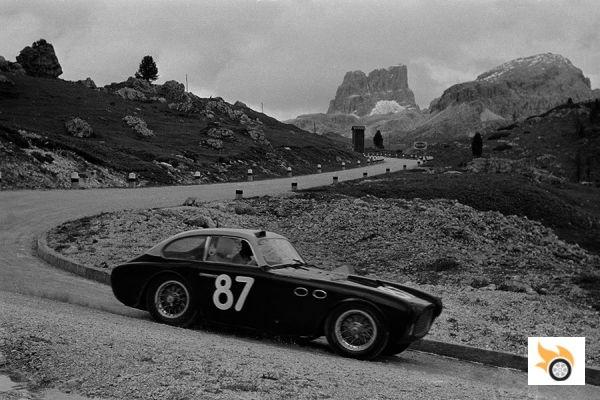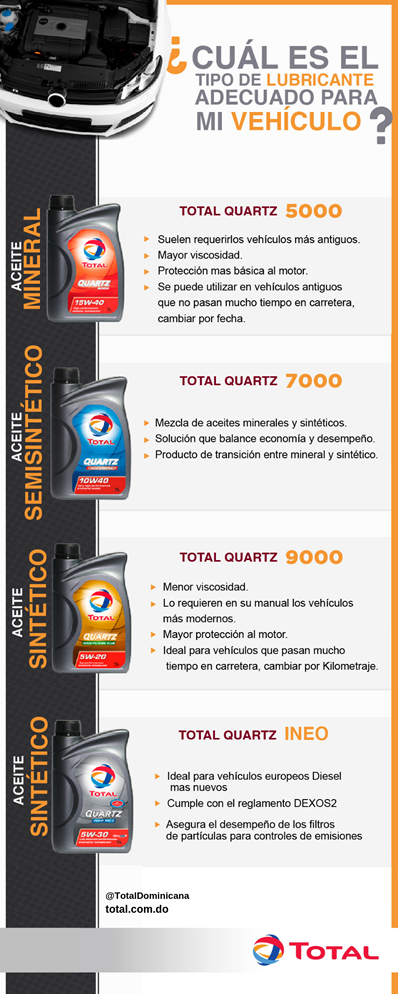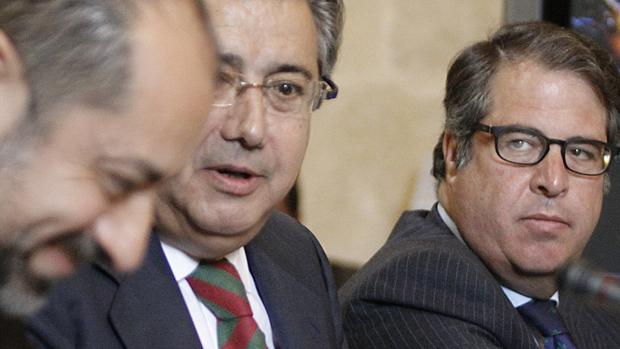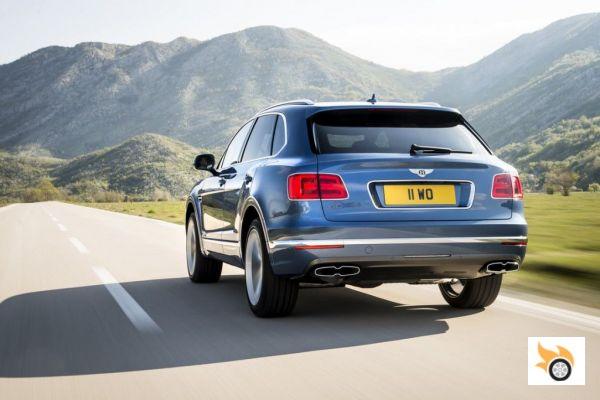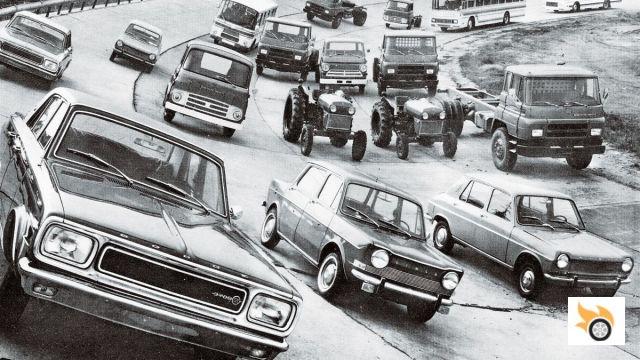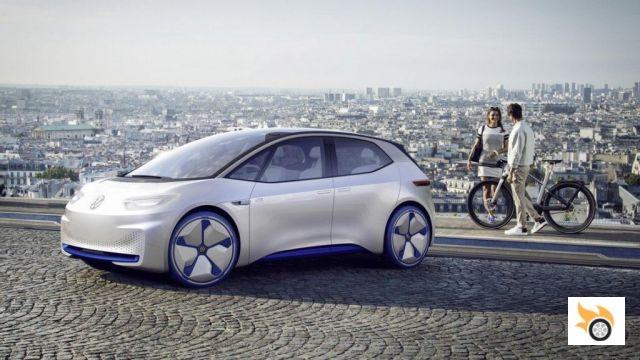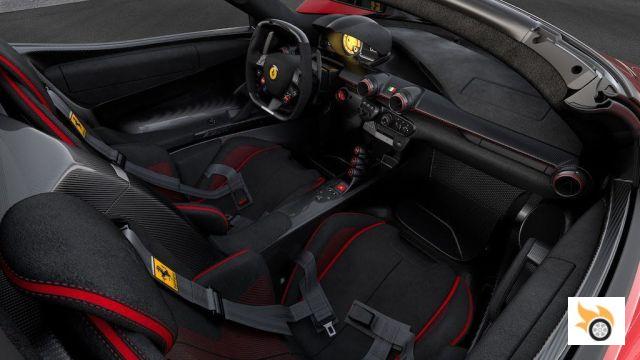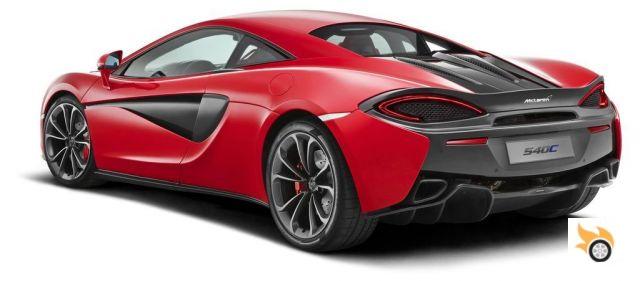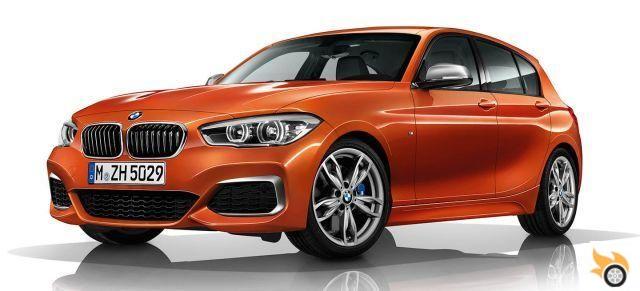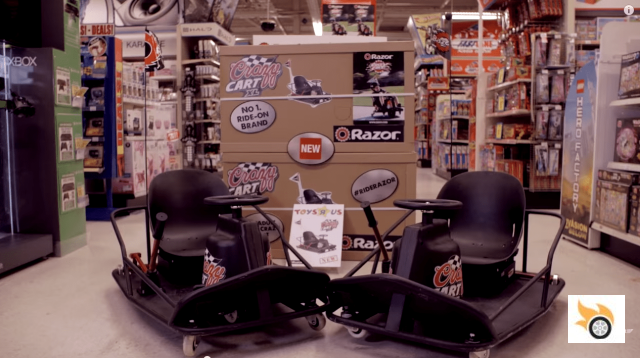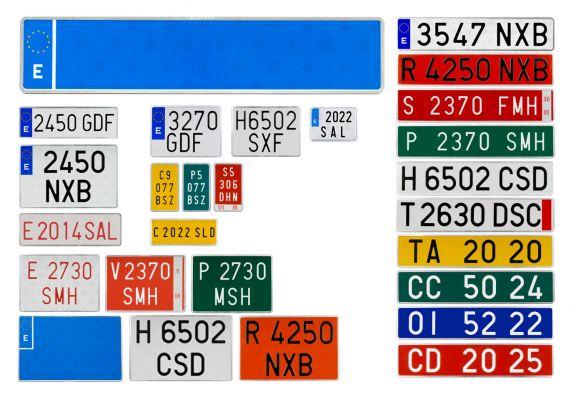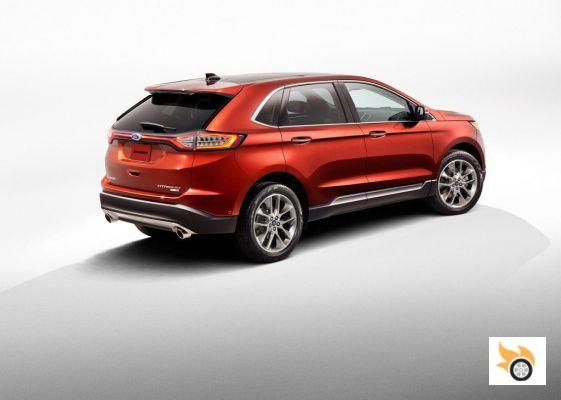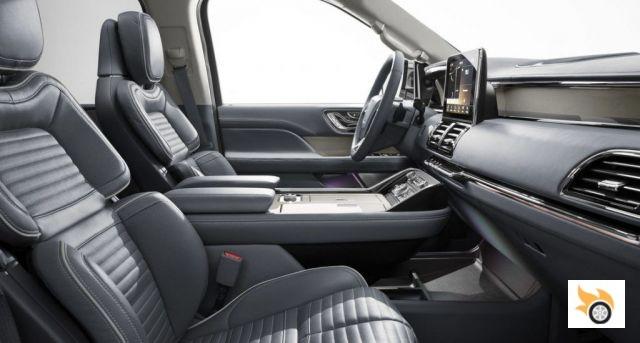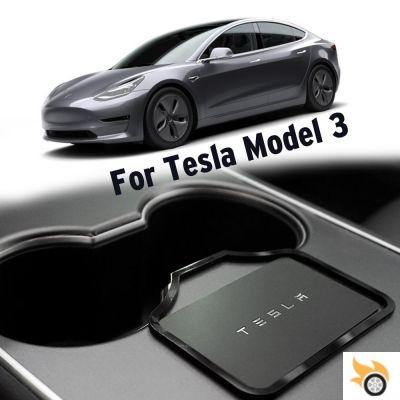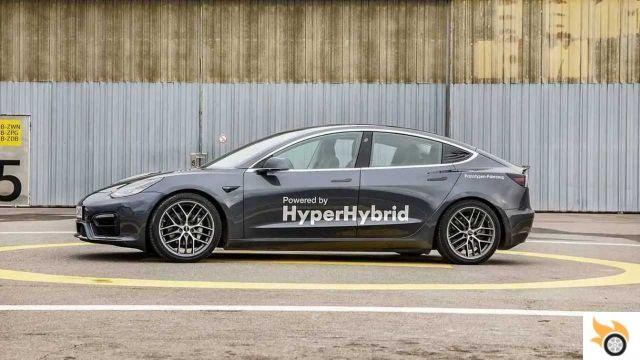
In an age of electrical retrofits in which cars leaving the factory with thermal powertrain are subjected to an electric transplant, there are also those who go against the tide - with respect to the entire planet - and take a battery-powered car to fit a petrol engine.
This is the case of Obrist, an Austrian company that has created a kit capable of transforming a Tesla Model 3 into a hybrid car. The company had already done this in the past, even with other electric cars, but now it has perfected its technology and has started testing its own system, dubbed HyperHybrid Mark II. Let's see how it works, because the company's project evidently goes beyond the conversion itself.
The fusion of two worlds
The Model 3 signed Obrist adopts a powertrain with series hybrid, in which the petrol engine generates energy which is used to recharge the battery and in which the latter then feeds an electric unit which transmits motion to the wheels. In designing this engine, Obrist worked hard to make everything very silent, as well as efficient, so much so that the name of "Zero Vibration Generator" was chosen for the engine.
HyperHybrid technology, according to the company, is designed to allow anyone to drive "electric", with lower costs for the battery and the need to charge. With the Mark II version you can drive up to 96 km electric (WLTP). This is a value that would allow access to incentives for electric cars in many countries. In Spain, on the other hand, the maximum incentives are parameterised on the basis of the CO2 emitted (in this case just beyond the first band, at 23 g/km). Or rather "would be", given that the eco-bonus has been blocked.
- Gasoline consumption: 2,01 l/100km
- Power consumptions: 7,3 kWh / 100 km
- CO2 emissions: 23 g / km
Waiting for the Mark III
La Tesla Model 3 HyperHybrid Mark II wants to introduce only one of the evolutionary steps of this technology. Obrist lets it be known that he is already working on a subsequent version, the Mark III, which will adopt a battery and motors from ZF and which will be even more efficient.
The intent, clearly, is to develop an attractive powertrain scheme that can be purchased by a manufacturer to give life to new low-emission models. It's a similar strategy to the one DeepDrive is developing with its new zero-emission skateboard platform.
Speaking of retrofits and conversions




